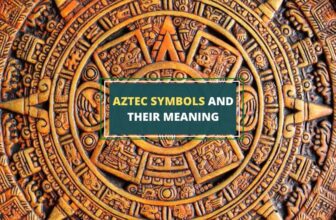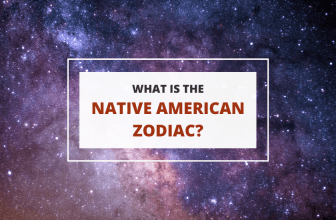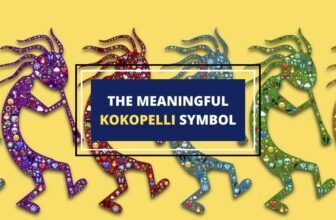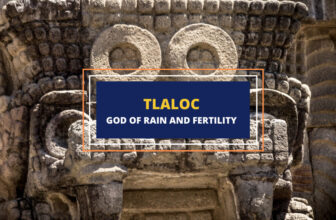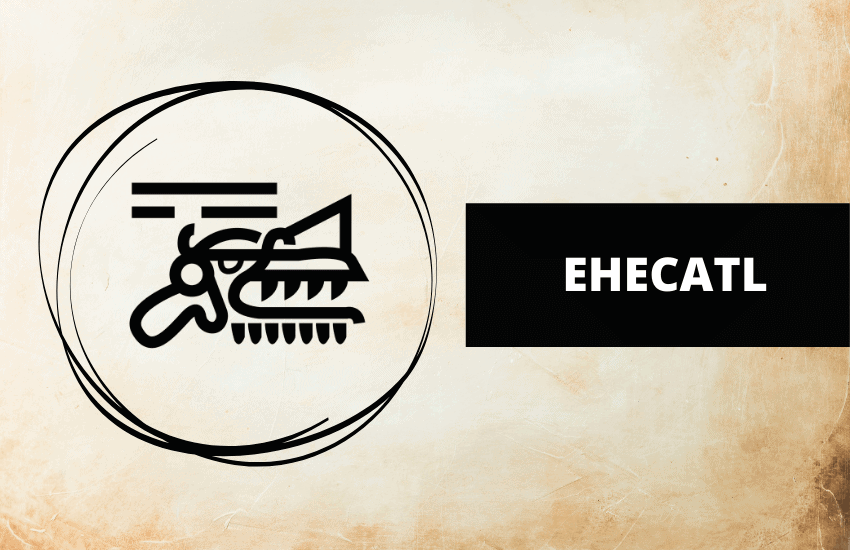
Table of Contents
Ehecatl is the second sacred day in the Aztec calendar, associated with the primordial creator, the Feathered Serpent god Quetzalcoatl. The day is also associated with vanity and inconsistency and was believed to be a day to renounce bad habits.
What is Ehecatl?
The Aztecs had a sacred calendar which they used for religious rituals. This calendar consisted of 260 days which we were divided into 20 units, known as trecenas. A single trecena had thirteen days in it, and each day of a trecena had its own symbol or ‘day sign’. Some signs featured animals, mythological creatures, and deities, while others featured the elements such as wind and rain.
Ehecatl, the Nahuatl word for wind (also known as Ik in Maya), is represented by the image of the Aztec deity of wind wearing a duckbill mask. The first day in the 2nd trecena of the sacred Aztec calendar, it was considered as a good day to rid oneself of one’s bad habits. The Aztecs believed that day Ehecatl was associated with vanity and inconsistency and considered it a bad day for working closely with others.
Who Was Ehecatl?
The day Ehecatl was named after the Mesoamerican god of winds and air. He was a highly significant deity in Mesoamerican cultures and featured in several important myths, including the Aztec Creation mythology. As a wind deity, Ehecatl was associated with all the cardinal directions, because wind blows in all directions.
Ehecatl is often portrayed wearing a duckbill mask and a conical hat. In some depictions, the corners of the duckbill have fangs, which is a highly common feature seen in the rain gods. He wears a conch shell as a pectoral and it was said that he could use this shell to whistle his way out of the Underworld when necessary.
Ehecatl was sometimes regarded as a manifestation of Quetzalcoatl, the feathered serpent god. Due to this, he was sometimes called Ehecatl-Quetzalcoatl. It was in this guise that he featured in the Aztec creation myth, helping to create humanity.
There have been several temples dedicated to Ehecatl, each of which had a unique form. They were pyramids, just like other Aztec temples, but instead of having quadrilateral platforms, they had circular platforms instead. The result was a conical-shaped structure. It’s said that this form was intended to represent the deity as a fearsome aspect of the wind such as a whirlwind or a tornado.
The Myth of Ehecatl and Mayahuel
According to a myth, it was Ehecatl who gave the gift of the maguey plant to humankind. The maguey plant (Agave Americana) is a type of cactus that was used to make the alcohol drink known as pulque. According to the myth, Ehecatle fell in love with a young, beautiful goddess named Mayahuel, and tried persuading her to become his lover.
The god and goddess came down to earth and embraced each other disguised as intertwining trees. However, Mayahuel’s guardian, Tzitzmitl, discovered them and split Mayahuel’s tree into two and fed the pieces to the Tzitzimime, her demon followers.
Ehecatl was a far more powerful deity than Mayahuel, and he remained unharmed. Mourning the death of Mayahuel, he gathered the remnants of her tree, which he planted in a field. These grew into the maguey plant.
Aside from the maguey plant, Ehecatl was also credited with gifting maize and music to humanity.
The Governing Deity of Day Ehecatl
Although the day Ehecatl is named after the god of wind, it’s governed by Quetzalcoatl, the god of self-reflection and intelligence. Not only does Quetzalcoatl rule the day Ehecatl, but he also rules the second trecena (jaguar).
Also known as White Tezcatlipoca, Quetzalcoatl was a primordial god of creation who, according to the myth, created the current world after the last world (the Fourth Son) had been destroyed. He did this by journeying to Mictlan, the Underworld, and using his own blood to bring life to bones.




